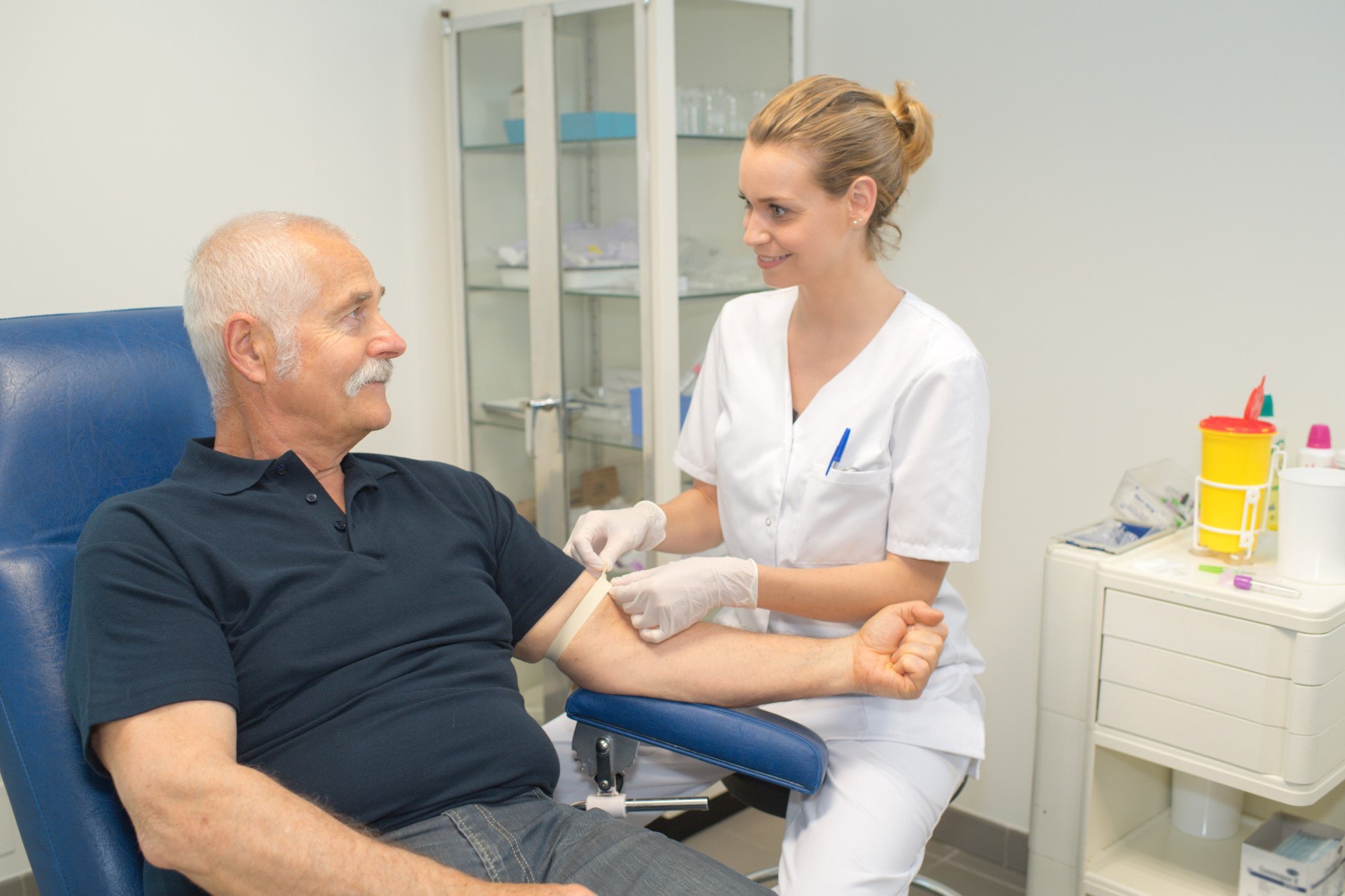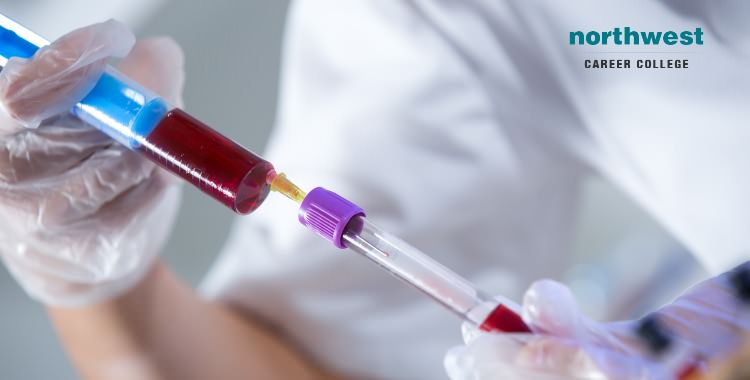What Does Northeast Medical Institute - New Haven Campus Phlebotomy Course & Cna Class Do?
What Does Northeast Medical Institute - New Haven Campus Phlebotomy Course & Cna Class Do?
Blog Article
Little Known Facts About Northeast Medical Institute - New Haven Campus Phlebotomy Course & Cna Class.
Table of ContentsTop Guidelines Of Northeast Medical Institute - New Haven Campus Phlebotomy Course & Cna ClassNot known Facts About Northeast Medical Institute - New Haven Campus Phlebotomy Course & Cna ClassNortheast Medical Institute - New Haven Campus Phlebotomy Course & Cna Class Fundamentals ExplainedNortheast Medical Institute - New Haven Campus Phlebotomy Course & Cna Class for DummiesWhat Does Northeast Medical Institute - New Haven Campus Phlebotomy Course & Cna Class Mean?The 7-Second Trick For Northeast Medical Institute - New Haven Campus Phlebotomy Course & Cna Class
The use of such devices must be accompanied by other infection prevention and control practices, and training in their usage. Not all safety and security tools apply to phlebotomy. Prior to picking a safety-engineered gadget, individuals ought to extensively explore offered tools to identify their proper use, compatibility with existing phlebotomy practices, and efficiency in shielding team and individuals (12, 33).For setups with reduced resources, price is a driving consider procurement of safety-engineered tools - Phlebotomy Training. Where safety-engineered gadgets are not offered, experienced use a needle and syringe is acceptable. Unintended exposure and details information concerning an occurrence ought to be taped in a register. Support services should be advertised for those that undergo unexpected direct exposure.
One of the vital pens of top quality of care in phlebotomy is the involvement and collaboration of the client; this is mutually helpful to both the health and wellness employee and the person. Clear info either composed or verbal must be available to every client who undergoes phlebotomy. Annex F gives example text for clarifying the blood-sampling procedure to a patient. In the blood-sampling area for an outpatient department or facility, give a comfy reclining couch with an arm remainder.
The Greatest Guide To Northeast Medical Institute - New Haven Campus Phlebotomy Course & Cna Class
Make certain that the indicators for blood tasting are plainly specified, either in a composed method or in documented directions (e.g. in a research laboratory type). In any way times, comply with the techniques for infection avoidance and control detailed in Table 2.2. Infection prevention and control methods. Accumulate all the tools needed for the procedure and area it within risk-free and simple reach on a tray or cart, guaranteeing that all the items are plainly visible.
Where the patient is adult and mindful, adhere to the actions laid out listed below. Introduce on your own to the individual, and ask the individual to state their complete name. Check that the laboratory type matches the person's identification (i.e. match the person's details with the lab form, to make certain exact recognition). Ask whether the license has allergies, phobias or has ever fainted during previous injections or blood draws.
Make the person comfy in a supine setting (if feasible). Area a clean paper or towel under the client's arm. Talk about the test to be performed (see Annex F) and acquire verbal permission. The client has a right to refuse an examination at any moment prior to the blood tasting, so it is very important to guarantee that the patient has actually comprehended the procedure.
Some Known Facts About Northeast Medical Institute - New Haven Campus Phlebotomy Course & Cna Class.
Expand the individual's arm and inspect the antecubital fossa or forearm. Situate a vein of a great size that shows up, straight and clear. The layout in Area 2.3, reveals common settings of the vessels, however several variants are feasible. The median cubital capillary lies between muscular tissues and is usually one of the most easy to puncture.
DO NOT place the needle where capillaries are diverting, since this raises the chance of a haematoma. The blood vessel needs to show up without using the tourniquet. Locating the vein will certainly aid in identifying the right size of needle. Use the tourniquet concerning 45 finger sizes above the venepuncture site and re-examine the capillary.
Specimens from central lines bring a threat of contamination or incorrect research laboratory test outcomes. It is acceptable, but not perfect, to attract blood specimens when first presenting an in-dwelling venous tool, prior to attaching the cannula to the intravenous liquids.
Some Ideas on Northeast Medical Institute - New Haven Campus Phlebotomy Course & Cna Class You Need To Know
Failure to allow enough get in touch with time enhances the danger of contamination. DO NOT touch the cleaned website; in specific, DO NOT position a finger over the blood vessel to lead the shaft of the exposed needle.
Ask the patient to create a hand so the capillaries are extra Clicking Here prominent. Enter the blood vessel promptly at a 30 level angle or less, and continue to introduce the needle along the capillary at the most convenient angle of entrance - Phlebotomy Classes. Once adequate blood has actually been accumulated, launch the tourniquet prior to withdrawing the needle
10 Easy Facts About Northeast Medical Institute - New Haven Campus Phlebotomy Course & Cna Class Explained
Withdraw the needle delicately and apply gentle stress to the site with a clean gauze or dry cotton-wool sphere. Ask the patient to hold the gauze or cotton wool in position, with the arm expanded and raised. Ask the patient NOT to flex the arm, due to the fact that doing so triggers a haematoma.

Little Known Facts About Northeast Medical Institute - New Haven Campus Phlebotomy Course & Cna Class.
Where possible, keep the tubes in a shelf and move the rack in the direction of you - https://www.ted.com/profiles/47186180. If the example tube does not have a rubber stopper, inject extremely slowly right into the tube as decreasing the stress and velocity utilized to move the specimen decreases the risk of haemolysis.

Report this page